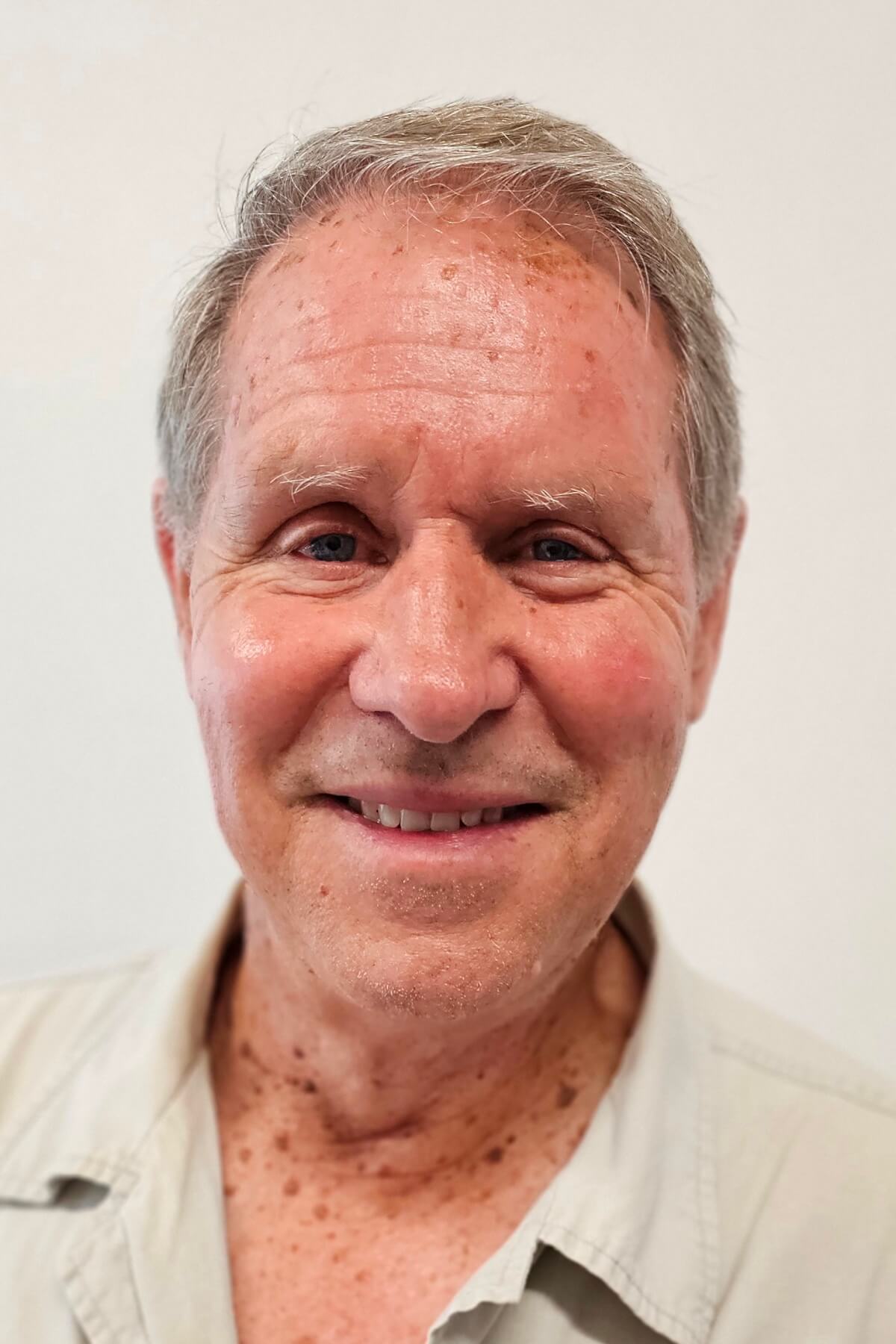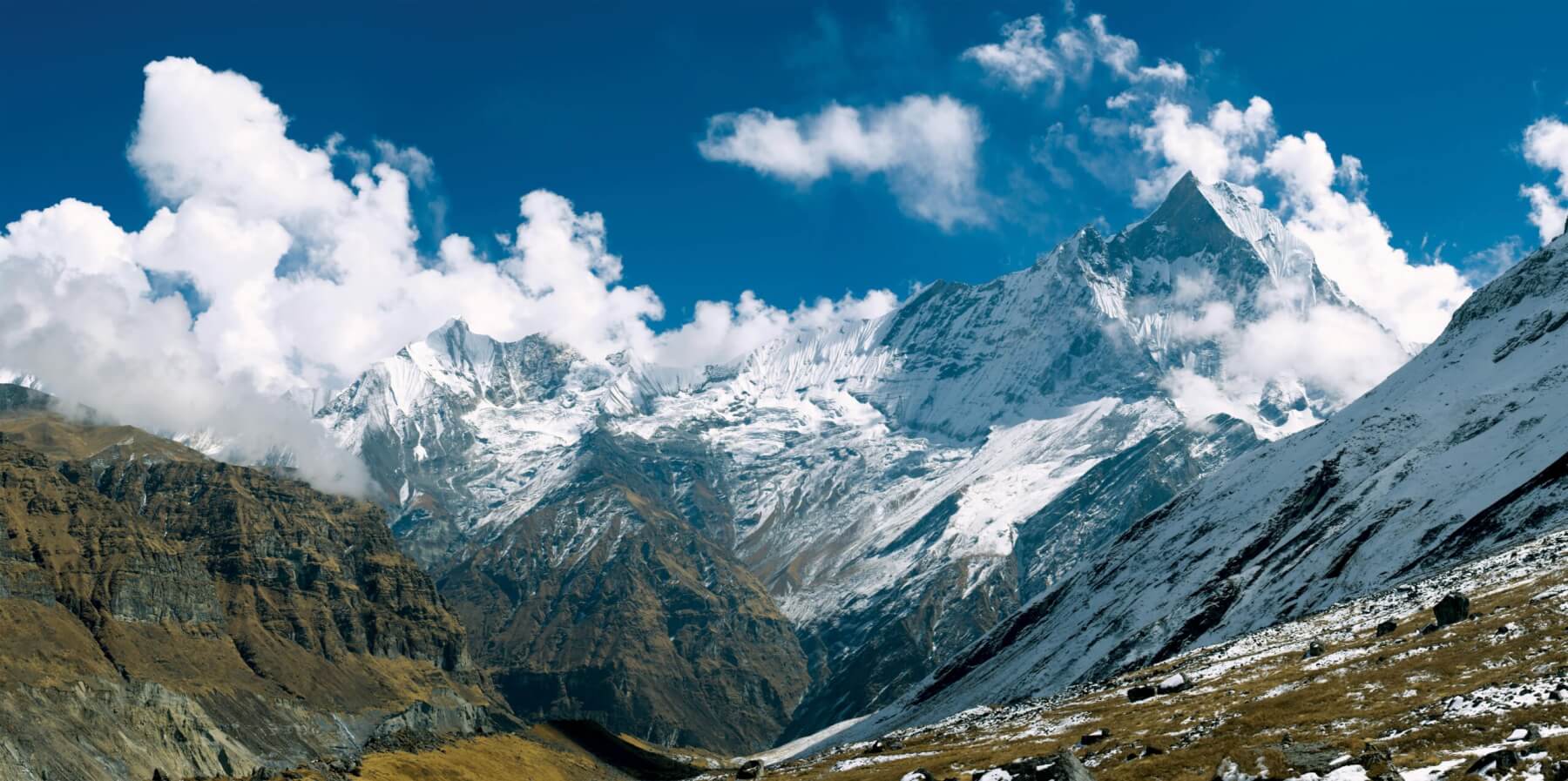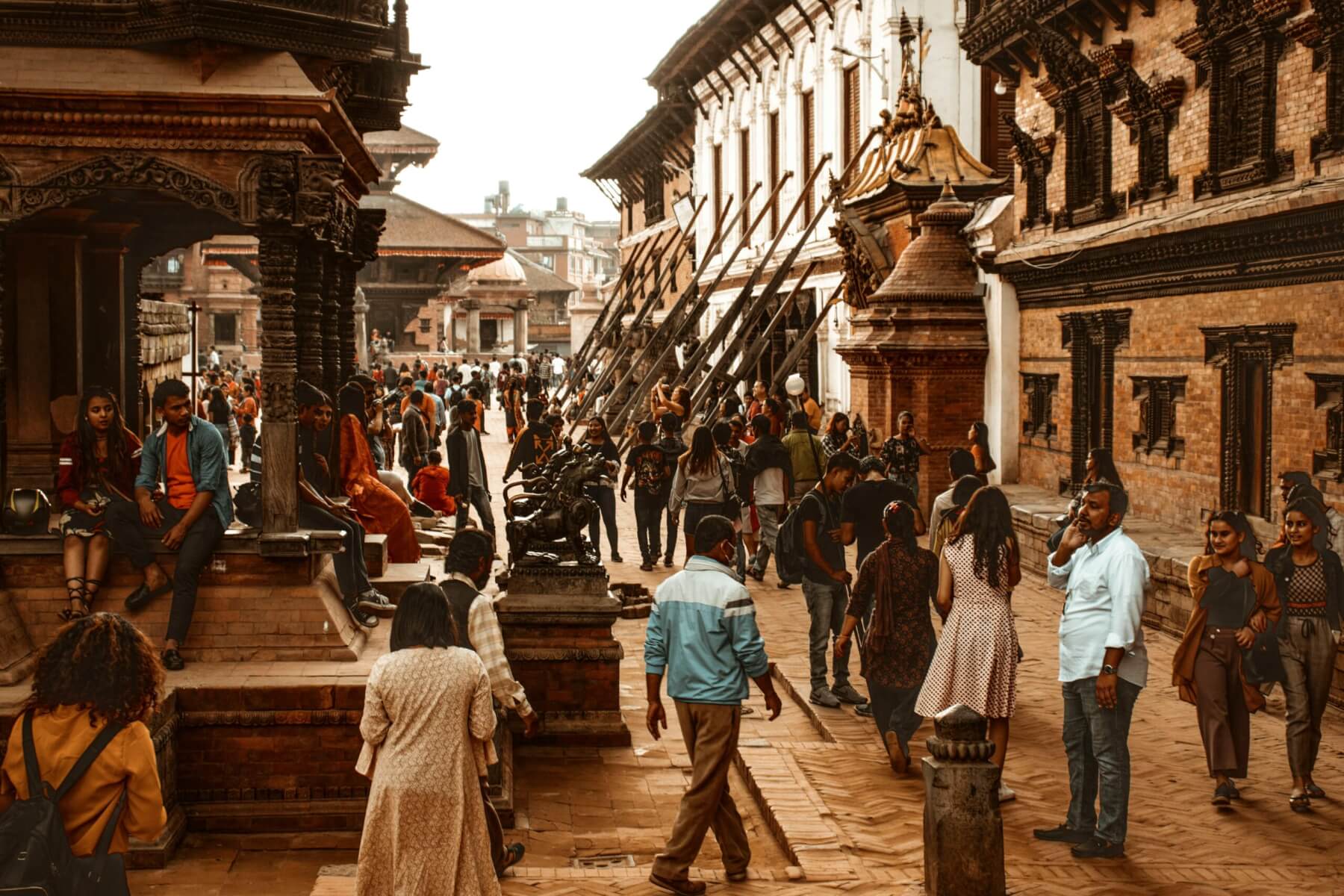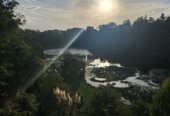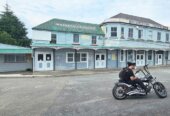As I write, I’m on day four of a 10 day trip in Nepal. Landing in Kathmandu brought back memories of my last visit in 2019. In the surging sea of bustling humanity struggling to get through the ‘pinch-point’ of passport and visa control booths, I tumbled off to the baggage claim area where a kaleidoscope of people earnestly awaited their luggage.
Folk from across the border with India visiting family, people pursuing business interests, some in tour groups, mixed in with lycra-clad trekkers and climbers looking springy and gazelle-like, clutching walking poles.
Many just wandered with disoriented looks on their jet-lagged faces. Throngs queued into over-patronised toilets – and exited as quickly as they could.
It’s such a wonderful, intriguing experience arriving in this capital city of about 900,000 residents in the city itself plus four million people in its metropolitan area. Founded in the second century, Kathmandu is one of the oldest continually inhabited places in the world.
The city has been for many years the centre of Nepal’s culture, history, art and economy. It has a multi-ethnic population within a Hindu majority.
Tourism is an important part of the economy. Trip Advisor rates Kathmandu third among the top 10 travel destinations and first in Asia.
The city is considered the gateway to the Nepal Himalayas and is home to several World Heritage Sites. Kiwis, with their special affinity to Sir Edmund Hillary and his 1953 conquest of Everest, are plentiful – many come to climb and trek the options available.
My impressions of central Kathmandu are of a bustling city, tall buildings, narrow shop-lined streets jam-packed with constant horn parping cars and bikes plus meandering pedestrians in dusty smog… a city trying to redefine itself amidst massive upheavals of change.
Building works are everywhere – the 2015 earthquake enlivened multiple building projects which was evident in my 2019 visit… but that zeal for building seems to have propelled the city into an almost frenzied pitch. You can hardly go anywhere without seeing roading ripped up and construction projects of all types.
In a difficult economy there’s swirling currents of political unrest. Yesterday a government curfew was imposed due to riots aggravated by ‘royalists’ wanting to see the royal family under the king reinstated as head of state in the nation. The riots turned violent, and people lost their lives.
Spending time with Nepali youth reveals their concerns about jobs and making a living. Many eye off-shore possibilities. This is a place of burdens – theirs is a burden of uncertainty.
The image of a frail, elderly man bent in half under the huge load of coconuts he bore on his back pausing in his struggle up steep steps to a temple teeming with monkeys is now etched on my mind of just one, eking out his living. My thoughts here continually turn to Jesus’ words, “Come to me, all who are burdened and heavy laden and I will give you rest for your souls…”



